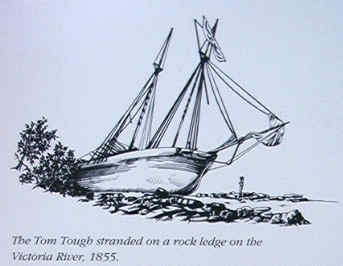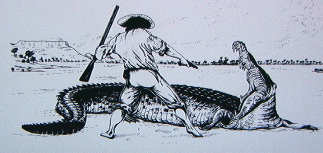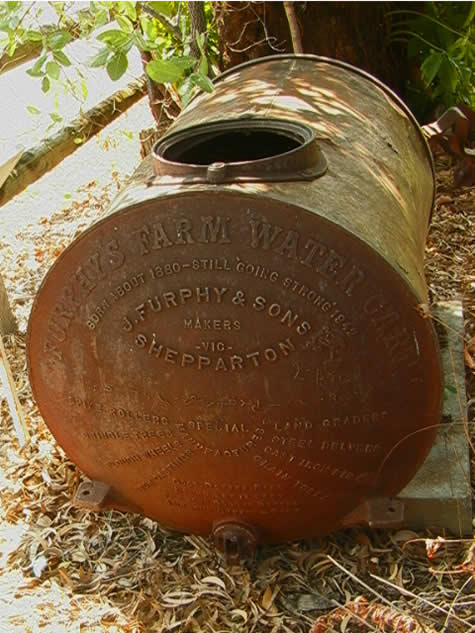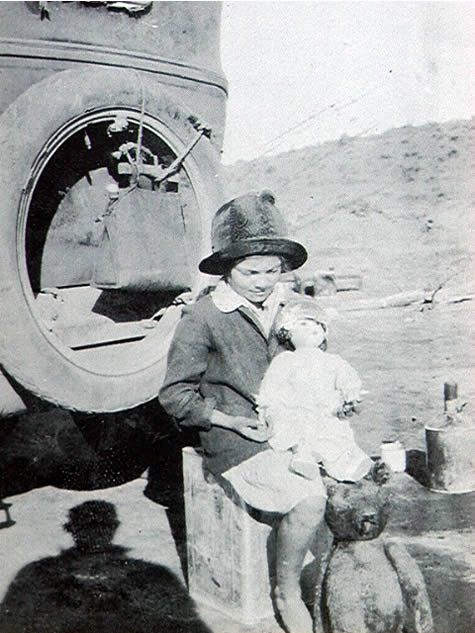Timber Creek - story telling of the early explorers
THEME: Timber Creek
SUBJECT AREAS: literacy
TOPIC: story telling of the early explorers
“The rushing tide forms whirlpools several yards across…by which we were whirled round and round like a teetotum, being cast forth from one only to be sucked into another (Oldtimer 1913)
What job occupations could you have that would lend themselves to great story telling material? Many of the early adventurers in the Victoria River District lived very unique lives by today’s standards. Being the newcomers to an untamed land (which still has appearances of that today!), tough enough to survive the harshness of the region, plus being involved in an occupation that could be relatively dangerous, are all components that stories naturally spring from!

In 1839, Captain John Wickham and his lieutenant, John Stokes, sailed the HMS Beagle, of Charles Darwin fame, into the mouth of the Victoria River. Navigating a previously uncharted river was no easy task and could be a hazardous and exciting challenge. The Victoria River held its own set of natural hazards, however, in subsequent reports, Stokes painted a glowing picture of the river valley. He expressed the desire that ‘ere the sand of my life glass has run out…smoke may rise from Christian hearths where now alone the prowling heathen lights his fire.' Stokes’ words encouraged future exploration and settlement in the Victoria River region. (reference today’s ESD update)

In the early days of exploration, mail and supplies were brought to the isolated cattle stations via river steamers and schooners. . These steamers even played a role in the exporting of cattle from this region to Australian and Asian markets. Treacherous shoals, sandbars and tidal flows in the crocodile infested waters of the Victoria River made these trips anything but tame. Imagine navigating a schooner in changing river tides with a boatload of wild cattle!
Charles Mugg, skipper of the Wai Hoi, was a colorful character. The Wai Hoi, a Chinese built, ‘two dragon’ steamer (in reference to the power she produced), was under contract to ship mail and general cargo. As legends go, the Wai Hoi had an unreliable engine, her skipper was rarely sober, and the cockroaches aboard were infamous. One sailor on the crew remarked, “These ‘whiskers’ were a joy to us. They forecasted meal hours as a barometer forecasts a storm.”
Tales of early life in the Victoria River region provide us with a glimpse into a wild and woolly era gone by.
Suggested activities: Examine the quotes contained in the preceding update. ‘Translate’ them into modern day word usage. What are these quotes trying to tell us of life 150 years ago? Why are the use of quotations important when retelling a story? How do they reflect the early history of an area?
April

